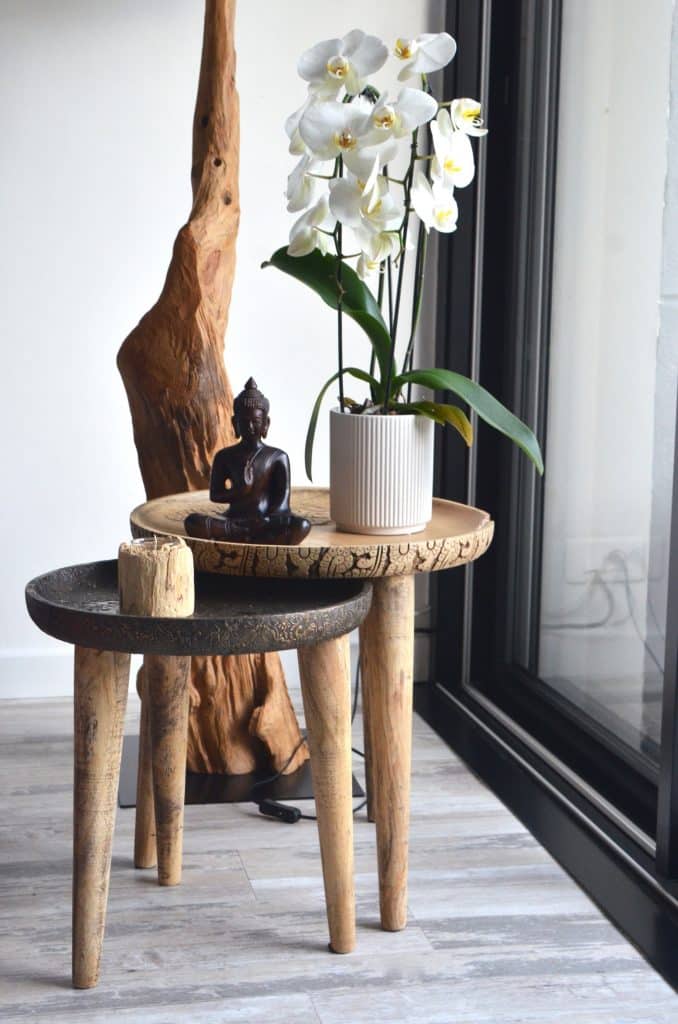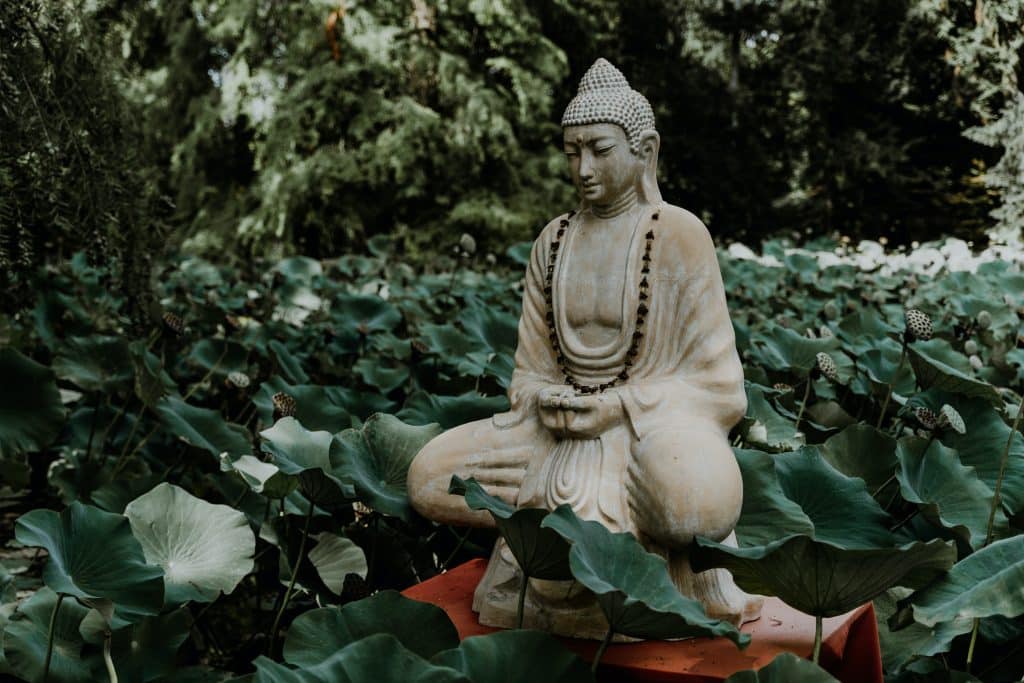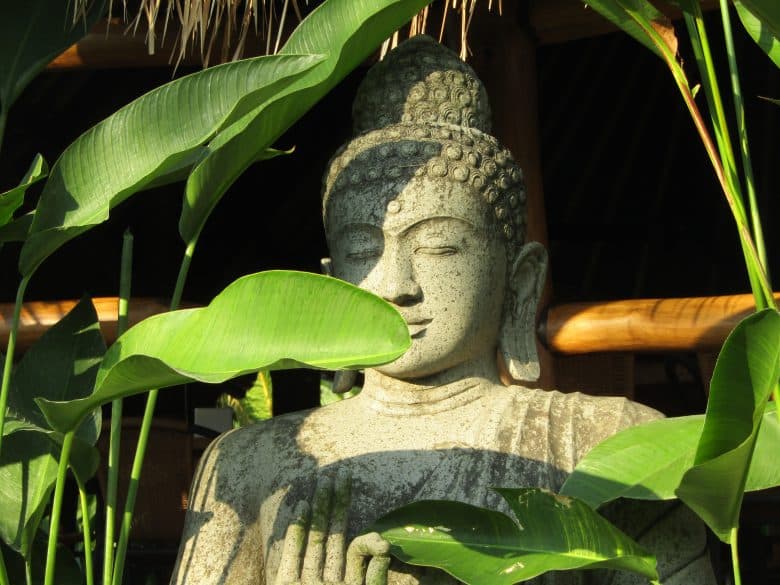A buddha statue symbolizes happiness, good health, and peace. The symbolic value of a buddha statue is what attracts everyone. You can place it in your house, your office, or in your garden.
Creating a serene and peaceful atmosphere in your outdoor space can be as simple as choosing the right elements. A garden statue, like a buddha, can add a touch of tranquility and beauty, transforming your garden into a personal sanctuary where you can unwind and reconnect with nature.
Buddha sculptures at Lotus Sculpture have a unique quality as skilled artisans handcraft them. A meticulous guideline dictates the proportions and other details of the Buddha while making these sculptures.
Characteristics of Buddha Statue
Each of the sculptures of Budhha depicts a particular incident and phase of his life. For example, Thai buddha statues include an usnisa (protuberance on the head) and elongated ears to depict him leaving the princely life when the material world weighed him down.

Hand gestures or mudras also play a significant role in the representation of Buddha. Every gesture and symbol depicted in the buddha statue has a meaning. Some of the common symbols in buddha sculpture are:
- Lotus: The flower symbolizes good and pure things.
- Conch Shell: It’s an emblem of authority and power.
- Wheel: It indicates the Eightfold path shown by the Buddha. It also signifies the cycle of birth, death, and rebirth.
- Parasol: The parasol or umbrella is also a symbol of royalty and casts a shadow of protection.
- The Endless Knot: It depicts the interaction of opposite forces.
- Golden Fish: It signifies the two sacred Indian rivers: Ganga and Yamuna.
- Victory banner: It is an emblem of Buddha’s enlightenment.
Which Buddha Statue To Choose?
There are 8 forms of Buddha and many symbolic poses for Buddha. Some of the most common are:
- Meditating Buddha: In this pose, Buddha sits in the Lotus position. His face is up, eyes closed, and both hands rest in his lap.
- Protecting Buddha: The sculpture shows Buddha with a raised hand. However, he might be in a sitting or standing position.
- Happy Buddha: This is a happy, smiling buddha in a sitting posture. He has a rounded belly and bald head.
- Reclining Buddha: It represents the Buddha lying on his right side, waiting to enter the Nirvana stage (death).
Other Buddha forms include the earth-touching Buddha, walking Buddha, medicine buddha, and the teaching buddha.
Which Material To Choose?

The earliest Buddha statues in India were made of perishable materials such as brick, clay, wood, or bamboo. But as Buddhism spread throughout Asia, more durable materials like stone and marbles were used. Slowly, other metals like copper and brass were also included to make the sculptures long-lasting. Some of the best materials to choose from in buddha statues are mentioned below.
- Wood: Wood has a natural feel and looks perfect whether you place your Buddha indoor or outdoor. To keep your sculpture in good condition, you need to brush off the dust once in a while.
- Marble: A beautifully carved buddha makes an ideal art piece in your home or office. It’s effortless to maintain, and you need to wipe the dirt and dust from it to keep it clean.
- Brass: It is a zinc and copper alloy with a muted yellow color. The dull yellow color gives it an aged look. It has a great visual appeal.
- Bronze: It is tin and copper alloy and used to make buddha sculptures for a long time. As it is a hard metal, it stays intact for a longer time. It is usually more expensive than brass, but a bronze sculpture is perfect if you love antique pieces. With little dusting, they can last years.
Buddha sculptures are available in various materials such as wood, marble, brass, bronze, and wood. You can choose the Buddha sculpture in your favorite pose and material.














Leave a Reply